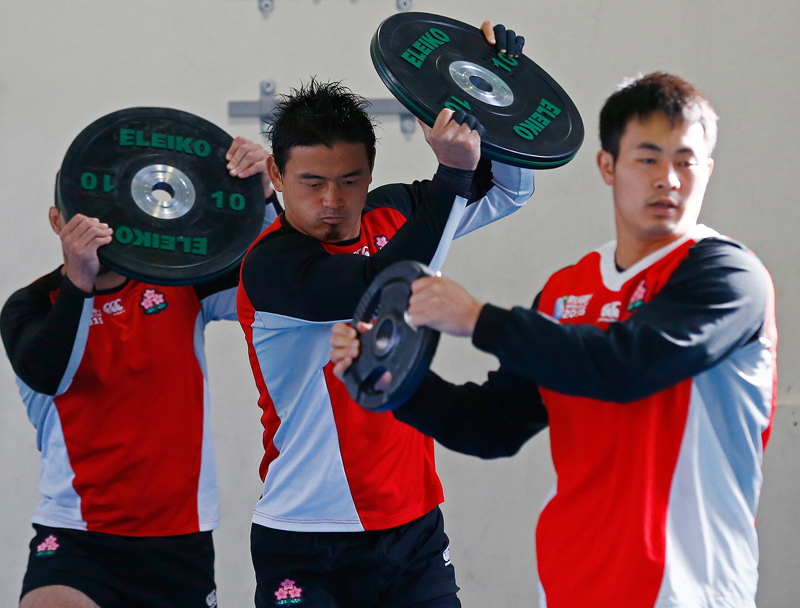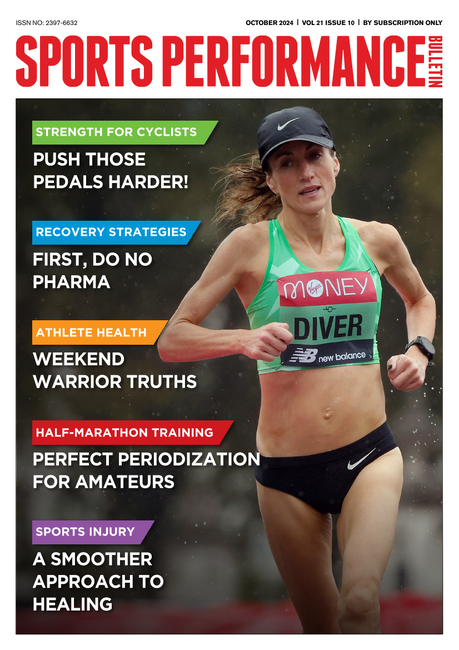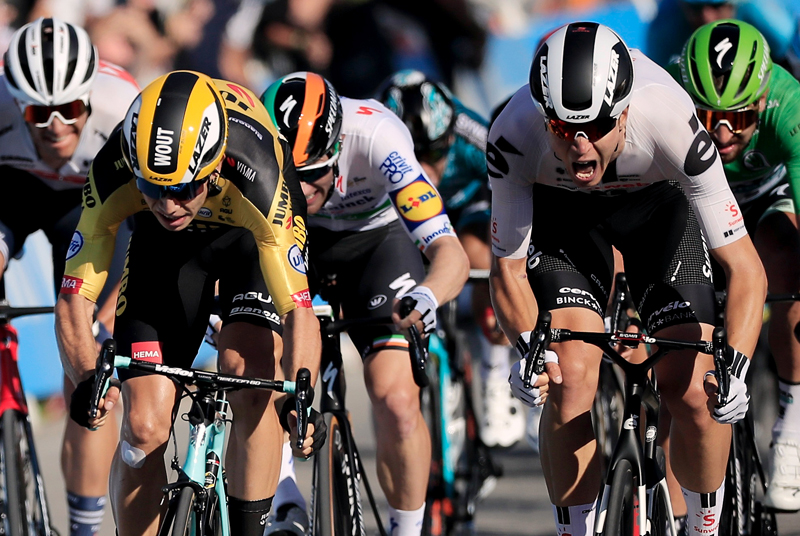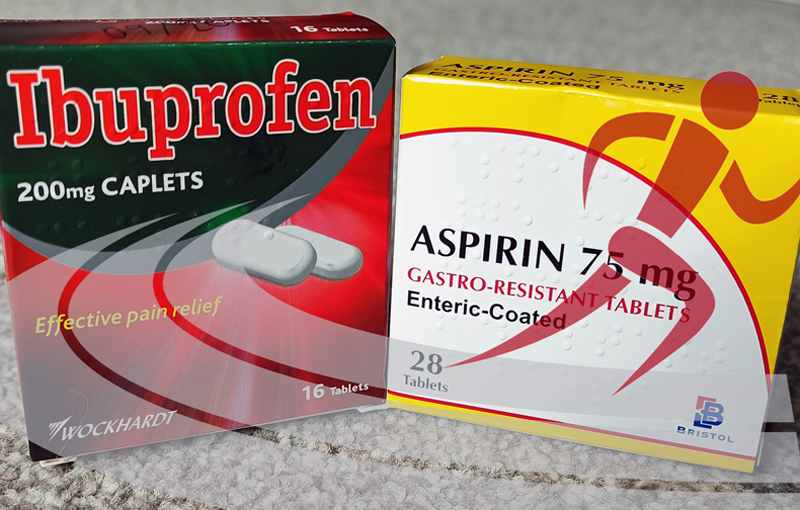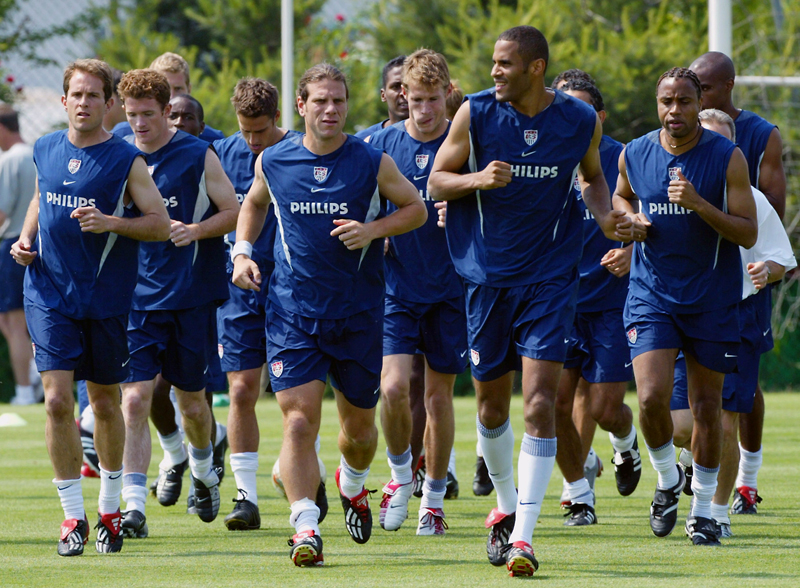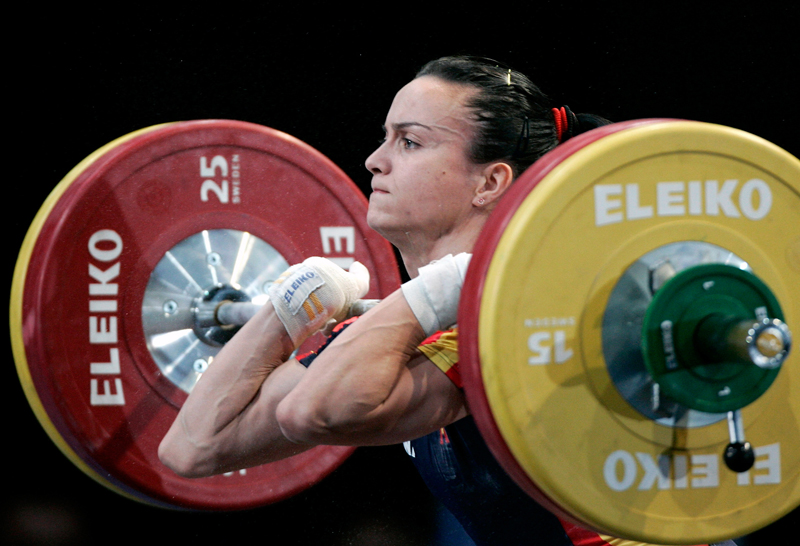You are viewing 1 of your 1 free articles. For unlimited access take a risk-free trial
Strength training: tuning velocity losses for maximal gains
SPB looks at new research on how best to adjust the number of reps per set for maximal strength gains when using lighter loads
As we’ve stated so often in numerous previous articles, the performance benefits of strength training for athletes as part of an overall program are hard to overstate, regardless of your sport. In a nutshell, the question is not can you afford to invest time and effort to strength time, but can you afford not to! However, strength training takes time and energy so it makes sense to strength train in a way that produces the greatest benefits but with a lowest reasonable amount of time and effort. This explains why researchers have devoted much attention in recent years to investigating the best and most efficient approaches to strength training structure.
New concepts for determining reps per set
The traditional resistance training approach for athletes has used a structure based on a fixed number of repetitions per sets based on the athlete’s ‘1-rep max’ (1RM – the highest weight that can be lifted using excellent form and technique) for that exercise. So for example, if the athlete’s 1RM for the overhead press is 60kgs and strength/power gain is the goal, the weight might be set at 80% of 1RM (48kgs) and a defined number of sets consisting of 4-8 reps per set of overhead presses are performed using a weight of 48kgs.
This traditional approach has stood the test of time because it works – even when different percentages of 1RM loadings and reps per set are used(1). The question in the context of efficient strength training however is whether the traditional approach is best? Are there better ways of structuring a strength session that produce good gains for less effort, and if so, what are they?
Velocity-loss training
One approach to structuring sets and reps that has become increasingly popular over the past three years or so is ‘velocity based training’(2). As Andrew Sheaff explained in an earlier SPB article on this topic, with a velocity-loss (VL) approach, training sets are not performed with a pre-determined number of repetitions. Instead, the velocity loss (ie slowing of the exercise movement during the lifting phase) over the course of a set will determine when the set is finished. Once a certain percentage of the initial speed is lost, the set is over. For example, if the initial reps are performed at 1.0 meters/second and the goal is to limit velocity loss to 20%, the set will continue until the athlete can no longer maintain a minimum velocity of 0.8 meters/second.
Velocity loss is therefore really a measure of how much fatigue has been generated over the course of the set. As greater velocity loss implies greater fatigue, measuring the velocity loss is really about measuring, and controlling, fatigue. Controlling and limiting fatigue during strength training enables the quality and the speed of the movement to be maintained. This should in theory have benefits for athletes, especially where the power and speed of the movement is important (for example in sprinting and jumping performance) – something that has been borne out in research that found velocity losses of 10-20% were preferred to higher losses(3,4).
Light load training
Much the research into velocity-loss training has looked at how training with different velocity losses (remember, greater velocity loss come from performing more reps per set, accumulating more fatigue and trying to work closer to complete failure – equivalent to 100% velocity loss) impacts strength and performance gains. Quite naturally however, most of these velocity loss studies have been conducted using the kinds of heavy-ish loadings commonly used in traditional strength training – ie around 80% or so of 1-repitition maximum. But what about when training with lighter loads - for example as a novice trainer, or when returning to strength training (eg after an injury)? What kind of velocity loss threshold produces the best gains then?
New research
In a newly published study by a team of Spanish researchers based in Seville, Spain last month, researchers have investigated this precise question(5). Published in the International Journal of Sports Physiology and Performance, this study explored the effects of bench-press training programs using four different velocity-loss (VL) thresholds: 0%, 15%, 25%, and 50%. In particular, they wanted to see how training using each VL threshold affected the magnitude of strength gains and neuromuscular adaptations.
To do this, 46 young male participants (average age of 22 years) were recruited, all with a good background in resistance training. The participants were then randomly assigned into one of four groups, all of which undertook the same 8-week bench press training program. This program was a little different to those used in previous studies because instead of using heavier loadings (around 80% of 1-rep max), it used lighter loadings of 40-55% 1-rep max. All groups trained twice per week with intervals of least three days between workouts, performing three sets of bench press per workout. The only difference between these groups was the VL used when training. These were:
· VL of 0% (ie the set was terminated as soon as there was any detectable slowing of rep speed).
· VL of 15% (ie the set was terminated as soon as the rep velocity dropped to 85% of that when the set was started).
· VL of 25% (ie the set was terminated as soon as the rep velocity dropped to 75% of that when the set was started).
· VL of 50% (ie the set was terminated as soon as the rep velocity dropped to 50% of that when the set was started).
At the start of the program and again after eight weeks, all the participants underwent testing. This involved a maximal isometric test (to assess strength of the chest and arm muscles in a static position), a progressive loading test (to determine the maximum amount of weight could be lifted), and a fatigue test (to determine subjective fatigue for a given loading). In addition, muscle electrical activity of the biceps and triceps of the upper arm was monitored using muscle electromyography.
What they found
The key finding was that the group that trained with high VL threshold (50% - ie very close to failure), and which performed a total of 876 repetitions over the 8-week study, did not any experience additional strength or performance gains compared with the gains experienced by the groups training using velocity losses of 0%, 15%, or 25% of VL groups. Importantly, however, these groups training using lower velocity loss thresholds (ie with lower levels of accumulated fatigue towards the end of the set performed significantly fewer repetitions; the VL25% group performed a total of 547 reps, while the VL15% groups performed 357 reps with the VL0% group (ceasing sets as soon as ANY loss of velocity occurred) accumulating just 48 reps over the entire study period!
When the researchers dug deeper and carried out a sub-analysis of the results, they also concluded that the dose-response relationship exhibited an inverted U-shaped relationship pattern, with VL25 showing the greatest effect sizes (ie greater gains) for almost all strength variables analyzed, and with the VL0% and VL50% showing a much smaller effect (see figure 1). This inverted U-shape response is very common in biology, medicine and sports science; when applying a stimulus or medicine, giving too little or too much results in only small improvements (or even harm in the case of too much), whereas a correct moderate dose invariably yields the best results. In their conclusions, the researchers summarized as follows: “Our findings suggest that when light training loads (40%-55% of 1-repetition maximum) are used, low to moderate VL thresholds provide a significantly higher training efficiency.”
Figure 1: The ‘inverted U’ dose-response relationship

Using this information
Although this study looked at low-load training (using weights of 40-55% of 1-rep max), the results align quite neatly with those from a 2022 meta study (a study that pools all the previous data on a topic to arrive at more robust conclusions) on velocity loss training in general(6). This study found that athletes seeking to develop power and strength while maintaining movement quality tend to get great results (and better than using traditional fixed loads) by using velocity loss thresholds in the region of 20%.
An important thing to note in this low-load study is that the results achieved by using low velocity loss thresholds (under 25%) were as good as the high threshold of VL 50% but with far fewer reps and less accumulated fatigue. This is great news since it means that strength novices or those returning to strength training after an extended break can use lower-load training combined with low velocity loss thresholds (ie less reps and less cumulated fatigue) and still get positive results. This means less overall fatigue and less muscles soreness and stiffness, which is exactly what’s needed when feeling your way back into training.
Finally, a note on the practical execution of velocity-loss training. In the lab, the velocity of reps (during the lift phase) is measured using sensitive transducers fixed to the moving weights or limbs. This of course is impractical for most athletes. However, by focussing on rep timing and rhythm, you can soon get a feel for when rep speed begins to slow. If this seems difficult, you can use a simple metronome app on your phone, with a rhythm set to the repetition speed at the start of the set. Once you find your rep speed begins to lag behind the metronome rhythm, you are experiencing velocity loss! Given that velocity losses should be kept at under 25-30% max, this means in practice that immediately you sense the movement is becoming harder to execute, you’re probably only good to complete one or at most two additional rep(s), after which you should end the set.
References
1. J Strength Cond Res. 2013 Jul;27(7):1791-7
2. Velocity-based training: From theory to application. Strength Cond. J. 2021 43, 31–49
3. Sports (Basel) 2022; 10, 8
4. Int. J. Environ. Res. Public Health 2021; 18, 5257
5. Int J Sports Physiol Perform. 2024 Aug 21:1-11. doi: 10.1123/ijspp.2023-0529. Online ahead of print
6. Front. Physiol., 10 August 2022 doi.org/10.3389/fphys.2022.92697
Newsletter Sign Up
Testimonials
Dr. Alexandra Fandetti-Robin, Back & Body Chiropractic
Elspeth Cowell MSCh DpodM SRCh HCPC reg
William Hunter, Nuffield Health
Newsletter Sign Up
Coaches Testimonials
Dr. Alexandra Fandetti-Robin, Back & Body Chiropractic
Elspeth Cowell MSCh DpodM SRCh HCPC reg
William Hunter, Nuffield Health
Keep up with latest sports science research and apply it to maximize performance
Today you have the chance to join a group of athletes, and sports coaches/trainers who all have something special in common...
They use the latest research to improve performance for themselves and their clients - both athletes and sports teams - with help from global specialists in the fields of sports science, sports medicine and sports psychology.
They do this by reading Sports Performance Bulletin, an easy-to-digest but serious-minded journal dedicated to high performance sports. SPB offers a wealth of information and insight into the latest research, in an easily-accessible and understood format, along with a wealth of practical recommendations.
*includes 3 coaching manuals
Get Inspired
All the latest techniques and approaches
Sports Performance Bulletin helps dedicated endurance athletes improve their performance. Sense-checking the latest sports science research, and sourcing evidence and case studies to support findings, Sports Performance Bulletin turns proven insights into easily digestible practical advice. Supporting athletes, coaches and professionals who wish to ensure their guidance and programmes are kept right up to date and based on credible science.

